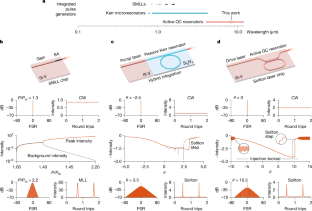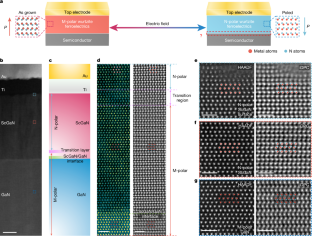2025-04-16 ハーバード大学
<関連情報>
- https://seas.harvard.edu/news/2025/04/robobee-comes-landing
- https://www.science.org/doi/10.1126/scirobotics.adq3059
着地にこだわる:昆虫にヒントを得た,羽ばたき飛行マイクロロボットを安全に着陸させるための戦略 Sticking the landing: Insect-inspired strategies for safely landing flapping-wing aerial microrobots
Nak-seung P. Hyun, Christian M. Chan, Alyssa M. Hernandez, and Robert J. Wood
Science Robotics Published:16 Apr 2025
DOI:https://doi.org/10.1126/scirobotics.adq3059

Abstract
For flying insects, the transition from flight to surface locomotion requires effective touchdown maneuvers that allow stable landings on a variety of surfaces. Landing behaviors of insects are diverse, with some using more controlled flight approaches to landing, whereas others dampen collision impacts with parts of their bodies. The landing approaches of real insects inspired our current work, where we present a combined mechanical and control approach to achieving safe and accurate landings for flapping-wing microaerial vehicles. For the mechanical approach to landing, we took inspiration from the legs of the crane fly, designing lossy compliant legs that maximize energy dissipation during surface collisions. We explored three features in the compliant leg design: leg stance, number of joints, and joint placement. For the control approach to landing, the challenge lies in overcoming the aerodynamic ground effect near the surface. Leveraging the compliant leg design during impact, we designed the preimpact behavior, drawing inspiration from insect landing trajectories, to increase landing success. The proposed controlled landing sequence includes an initial acceleration from hovering, followed by deceleration toward the target, ending with a nonzero impact velocity, similar to what is observed in insects. Last, using an insect-scale flapping-wing aerial microrobot platform (Harvard RoboBee), we verified the controlled, safe, and accurate landing on natural terrain.



